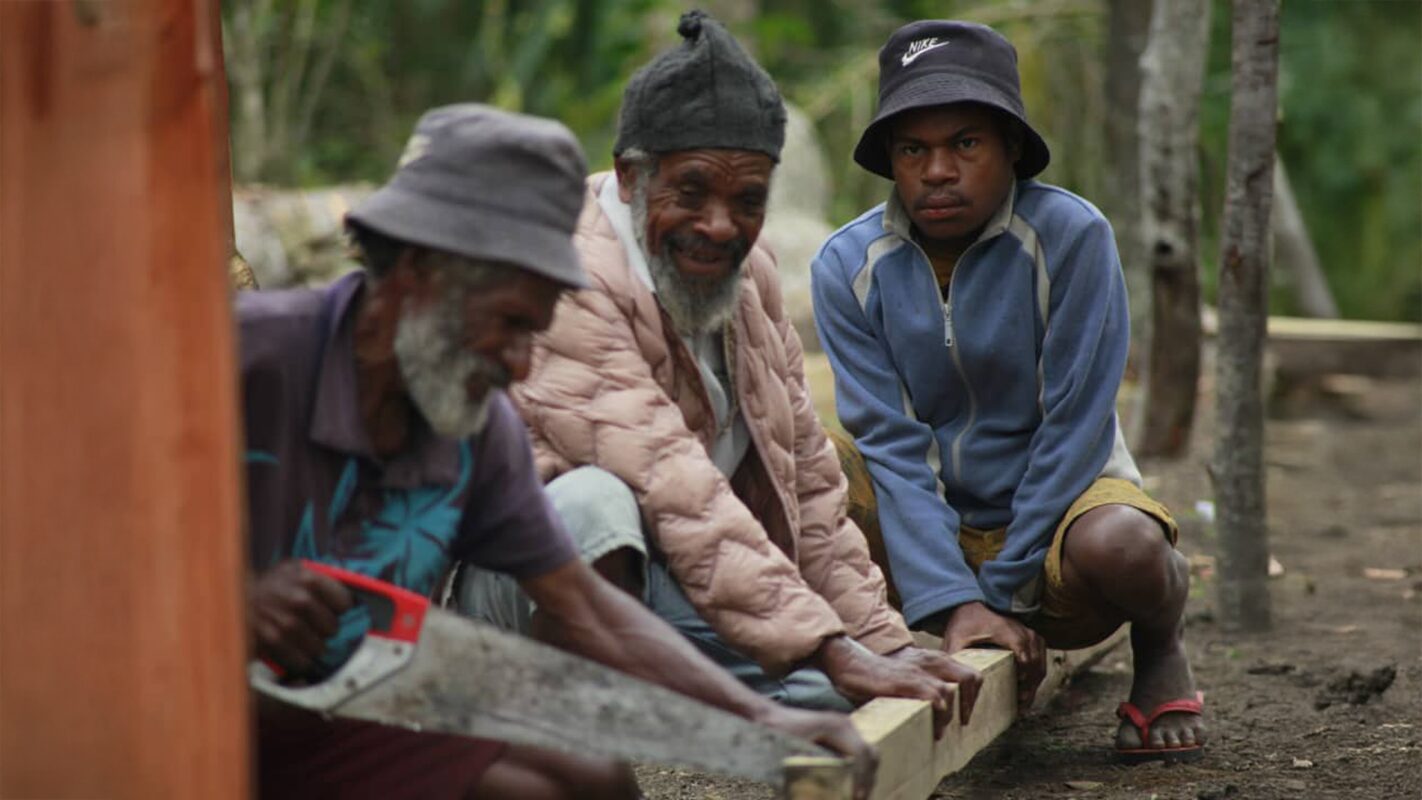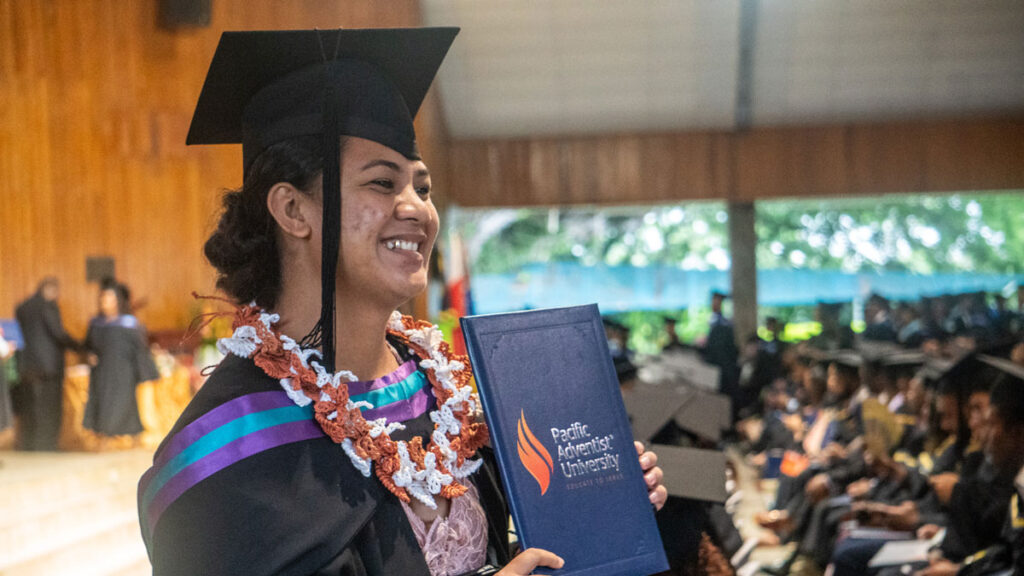A large-scale church planting initiative has brought rapid growth to the Seventh-day Adventist presence in Menyamya District, Morobe Province, Papua New Guinea.
Running from June 1 to 16, the Total Member Involvement (TMI) program involved hundreds of church members, pastors, leaders and volunteers working together to complete and dedicate multiple new church buildings across the region. The initiative targeted remote and previously underserved areas, including Taipa and Menyamya Station.
The project was organised into six zones, with participants camping centrally and then travelling to assigned construction sites. Morning devotions and evening worships were held at Taipa organised church, led by Morobe Mission (MM) president Pastor Kua Nugai and Personal Ministries director Pastor James Puke.
Eleven churches and pastors’ houses were either completed, dedicated or advanced significantly during the project. Among them were Panequa, Akwange, Ilibari, Holaripa, Wasoka and Station Church, as well as pastors’ residences in Terepa and Amauga. While some structures remain incomplete, all were included in the dedication service to affirm the ongoing commitment to their development.
The initiative builds on momentum from the 2024 PNG for Christ campaign, aiming to provide permanent places of worship for the growing number of Adventist members in the region. “We faced challenges and opposition, but that did not stop us from carrying out the program,” said District Director Pastor Kevin Pais. “Good things come after challenges. Rescuers are risk-takers, and that’s what we are—rescuing the Hetwara people despite facing resistance from other denominations.”
The program concluded with a dedication service for all project sites and the assignment of ministers to the new churches. A performance by the West Taraka singing group added a celebratory tone to the closing ceremony.
Menyamya project organisers expressed appreciation to MM, government sponsors, business partners and church groups who contributed to the success of the project. They also acknowledged the collaboration of local churches, leaders and carpenters in what they described as “a major milestone in the history of the Anga region.”






